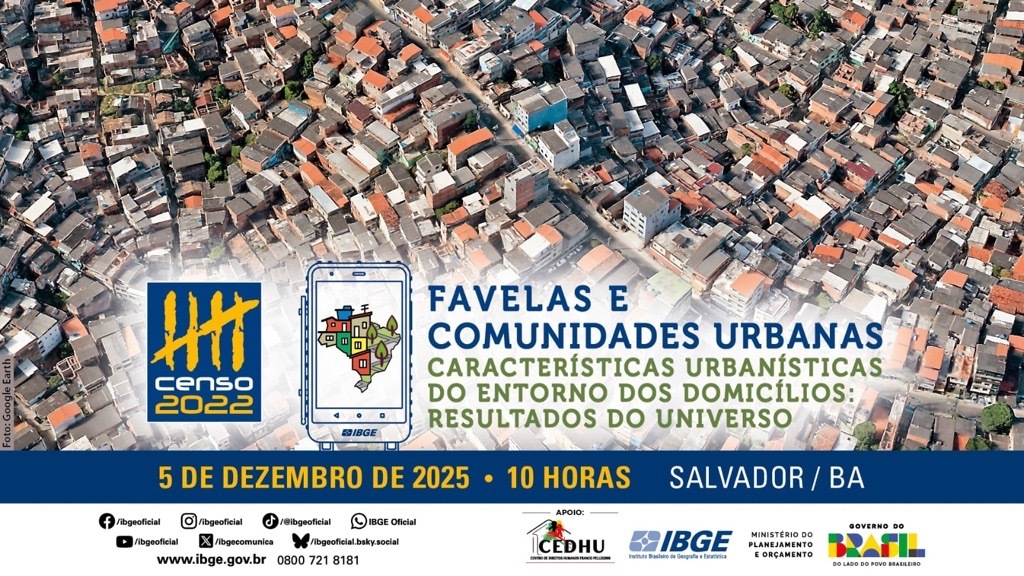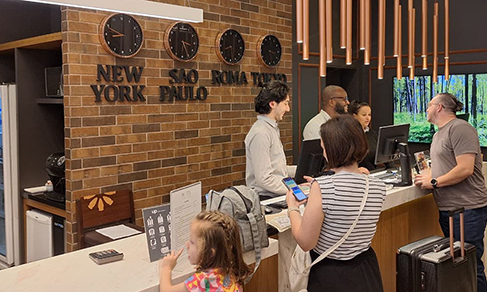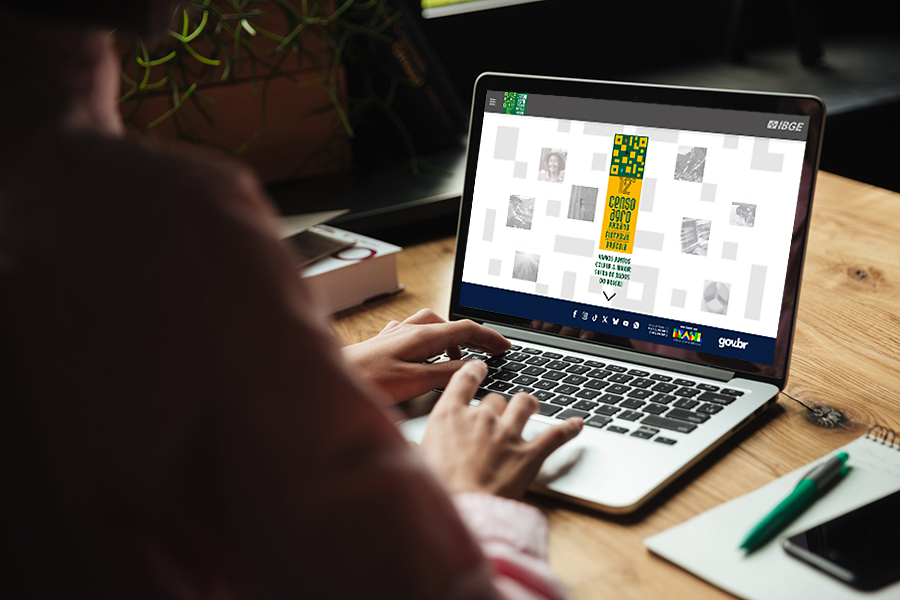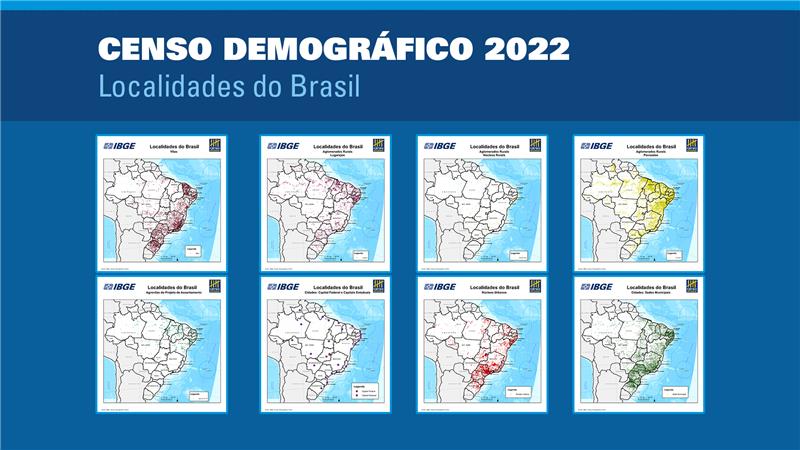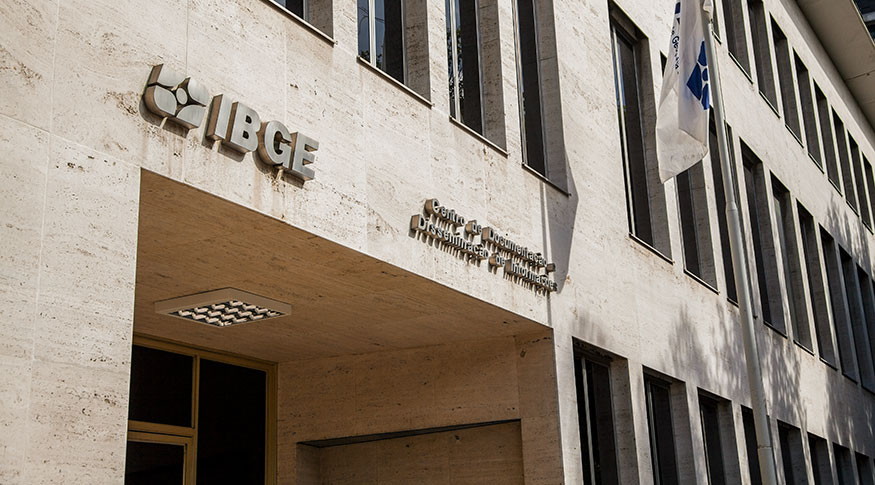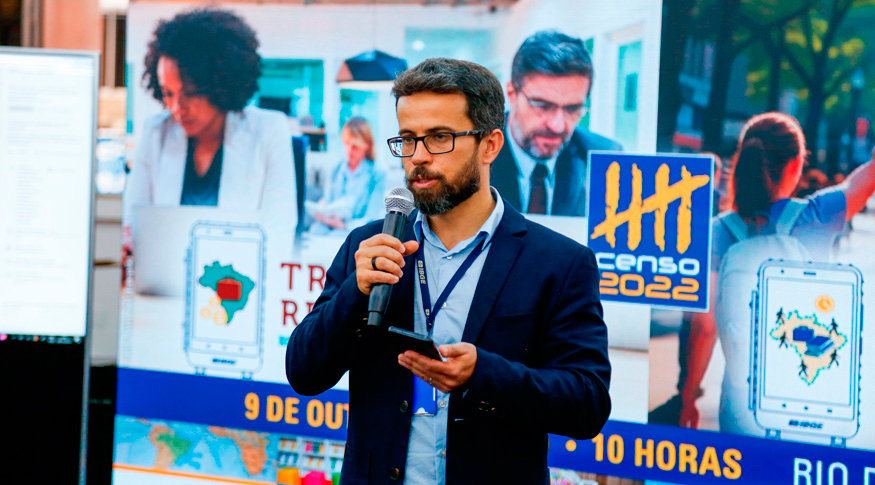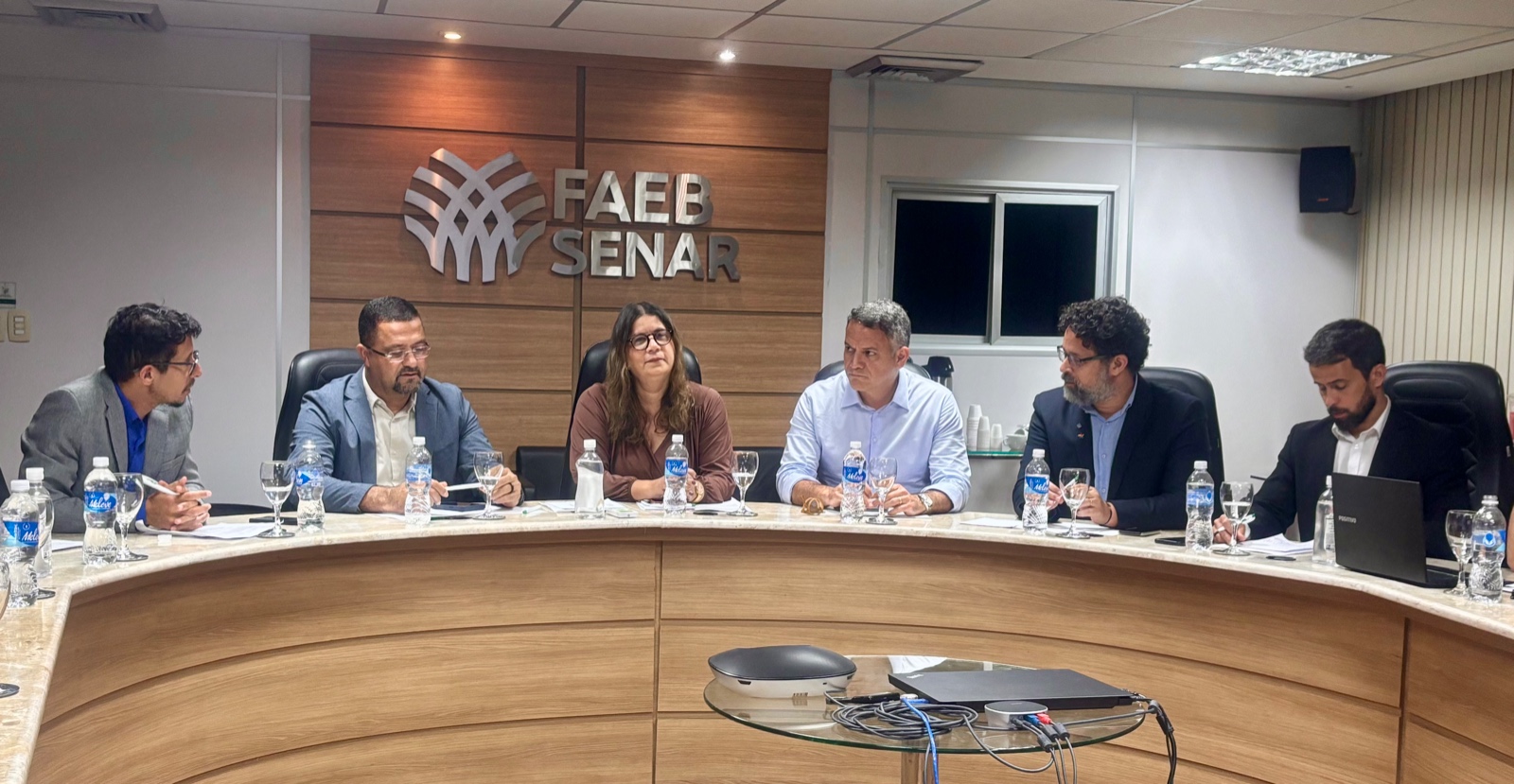Transparency
Microdata classes for journalists open the way for exclusive news
November 27, 2019 12h00 PM | Last Updated: December 03, 2019 11h22 AM

The increase in the production of reports and news exclusively produced based on the IBGE database analysis stimulated the design of the IBGE’s first microdata classes for journalists. The training classes were offered for 25 professionals this Saturday (25), during the Conferência Brasileira de Jornalismo de Dados e Métodos Digitais (Brazilian Conference of Data and Digital Journalism), the major event of the sector in Latin America, in São Paulo (SP).
The microdata are the most disaggregated level of surveys, which allows anyone with programming knowledge to build its own indicators. In the case of journalists, the access to those pieces of information can lead to new contents. The IBGE News Agency has already shown how working with microdata can result in exclusive news, when it revealed that unemployment is lower in the countryside, although it concentrates almost two thirds of people in the informal market.
Another recent example comes from the Public Agency, which worked with the Census of Agriculture’s microdata to indicate that the total area of establishments where producers are white is twice as big as the area where producers are black or brown. For this report, the data were set by the IBGE at Mr. Bruno Fonseca’s request, a reporter that participated in the training. “Because of our investigative profile, we thought of how to include the IBGE in our routine so as to have articles even in the days when there are no releases”, says Mr. Fonseca.
During the activity, the participants were introduced to the concepts and methodologies of the Continuous National Household Sample Survey (Continuous PNAD), Consumer Expenditure Survey (POF) and National Survey of Health (PNS), all of them available on the IBGE website.
A publication set of the Continuous PNAD, a kind of manual to facilitate the sample data download, import and analysis. “The microdata are on our website, but if the person is not specialized, they might have some difficulties. The publication set idea is to help users to use correctly the microdata, regardless their super specialized knowledge.”, says the IBGE statistician, Ms. Luna Hidalgo, who administered the classes with Mr. Gabriel Asunção, also a statistician.
“We need to count on journalists to disseminate externally the publication set, since it helps us polish up our language”, says Ms. Hidalgo, adding that the event was an opportunity to release the course and identify what can be enhanced.
It is the second time that IBGE takes part of the conference. Before that a workshop about the efficiency of the search tool in the institute’s specialized websites, like the Banco de Tabelas Estatísticas (Sidra) - Aggregated Database System (Sidra) and o Cidades@ (Cities@) was offered. “This year, the IBGE microdata classes allow journalists themselves to find out new reports and draw insights and relevant information in an independent way, making new data crossing”, says the Data School coordinator, Mr. Adriano Belisário, one of the event organizers.
The reporter from the newspaper Folha de São Paulo, Ms. Marina Gama Cubas, studied in Spain and had experiences with the governmental statistics, but now she wants to be more familiar with the IBGE data. “We want to work more specifically with the Continuous PNAD data, since the economic editors themselves claim that it is poorly exploited”, say the DeltaFolha journalist, of the data journalism team.
The classes appealed also to the professionals that cover the IBGE daily, as the Globo journalist, Mr. Pedro Capetti, who expects to find good stories behind each survey. “It was a great opportunity to get to know more closely how the surveys we disseminate are developed and carried out, mainly because of the mix of statistic concepts and programming involved, which are very far away from most journalists’ daily routine.”
Moreover, besides the media representatives, the microdata course was attended by representatives from social organizations, like the Institute for Transportation and Development Policy (ITDP), which deals with public transportation as a social development means. “The IBGE is our mainly source, because it covers all over the country and can stratify even the enumeration sector”, says the IDTP’s trainee, Mr. Matheus Dantas.






